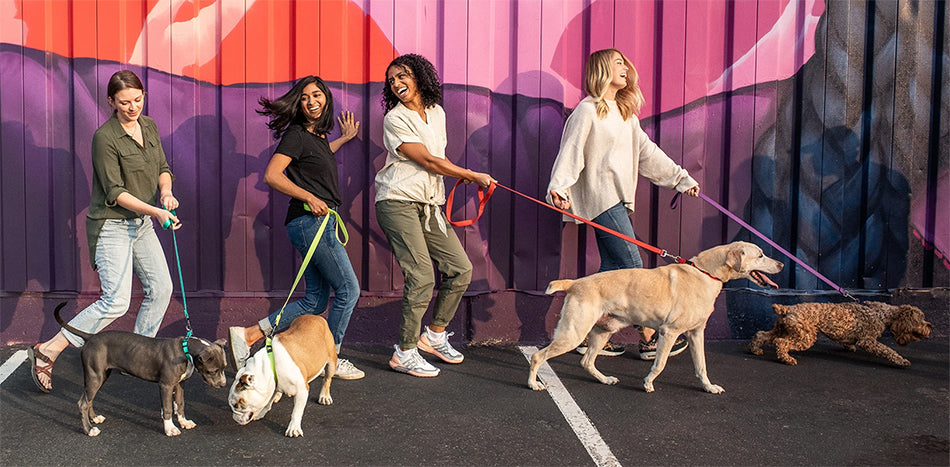Your cart is empty. Let's fix that!


The holidays are quickly approaching, and with them comes the need to travel. As a pet owner, traveling and vacationing with your pet can be tricky, but not impossible. Having your dog or cat with you to relax by the Christmas tree, chill next to the menorah, or join in on the Thanksgiving festivities is always a great treat for everyone. Celebrating the holidays with your pet is guaranteed to bring a smile to your face – regardless of how much your human family is stressing you out.
You may have been able to easily travel to your holiday destination before (likely via plane), but COVID-19 concerns and restrictions make holiday travel with pets more complicated than last year. Keep in mind that kennels may not be operating at full capacity, and pet sitters may not be comfortable staying at your home due to potential health risks during this time. Because of this, it’s all the more important to be aware of your travel options for you and your pet.
Bring your chairs to the upright and locked position and put your tray tables up as we explore the best way to hit the skies with your furry friend.
There are multiple schools of thought on how to fly with your pet. Unfortunately, flying is not always the most comfortable way of transportation for the furry friend. Long travel times, new smells and even high altitudes can agitate or even cause anxiety for your animal companion. To make matters worse, airlines have varying pet policies, ranging from restrictions on how many pets can be on a plane to pet size/weight limits.
If your dog or cat is brachycephalic, (that smushed adorable face of pugs, persians, and bulldogs), they should probably avoid flying altogether since the higher altitude can make it difficult for them to breathe.
Note: If you’re traveling abroad, you will have to follow much stricter regulations and will be required to have your vet sign off on the trip.
With COVID-19 concerns in mind, many people are choosing driving as their preferred method of travel this year.
The safest way for your dog to travel in the car is in a crate that has been anchored to the vehicle using a seat belt or other secure means. Dog restraints or seat belts are useful for preventing your dog from roaming around the car and being a distraction to the driver, but they aren’t reliable enough to protect dogs during a crash. Never put your dog in the front seat with you, they should be kept in the backseat to reduce risk of injury.
Most cats aren't comfortable traveling in cars, so for their safety as well as yours, keep them in a carrier. It's important to restrain these carriers in the car so that they don't bounce around and hurt your cat. You can do this by securing a seat belt around the front of the carrier. Before your trip, try out these zen cat treats to help calm your kitty.
While there are few things cuter than earls or jowls flapping in the wind, dogs and cats should always be kept safely inside the car. If you allow your pet to stick their head out the window, they can be injured by particles of debris or get sick from cold air being forced into their lungs. For this same reason, you should never transport a pet in a convertible or the back of an open pickup truck.
Stop frequently to allow your pet to exercise and relieve themselves. Your pet should always have a collar, ID tag and leash any time they come out of the car.
A quick pit stop may feel like no time at all to you, but it's too long to leave your pet alone in a car. There are many risks associated with this, so don’t ever leave your dog alone in the car, regardless of the weather.
Traveling with pets can be difficult, but proper preparations and building good habits prior to your trip can make things a lot less stressful. Even without pets, travel is never completely seamless. However, a vacation or holiday without your fur baby just wouldn’t be the same. Who wants to celebrate while thinking about how much they miss their beloved pet? If you’re opting for a solo holiday this year without the extended family, grab your pup for a fun camping trip!
We hope you both enjoy your pawesome trip!